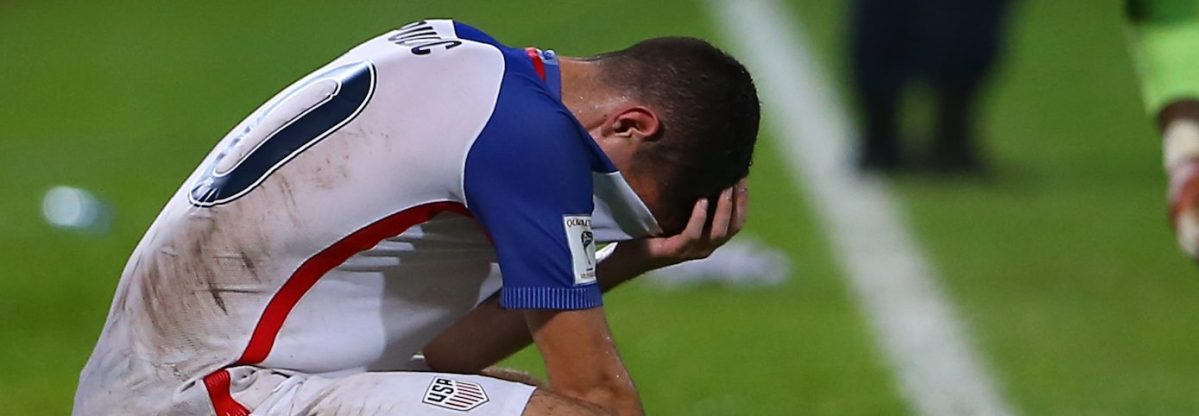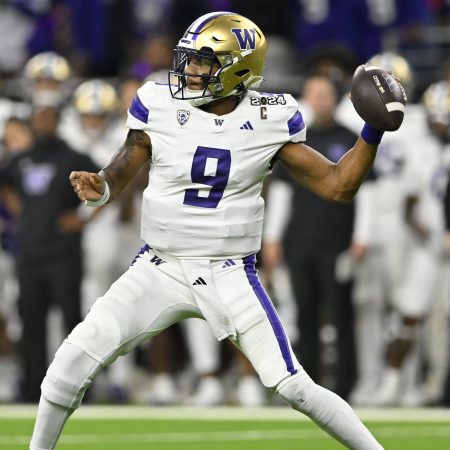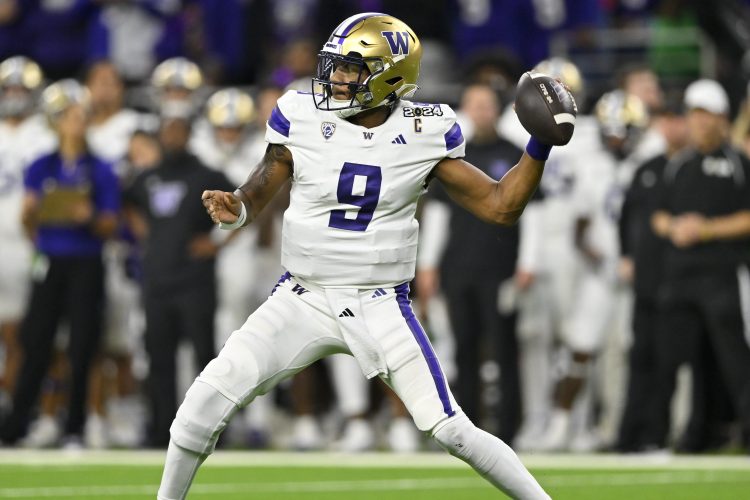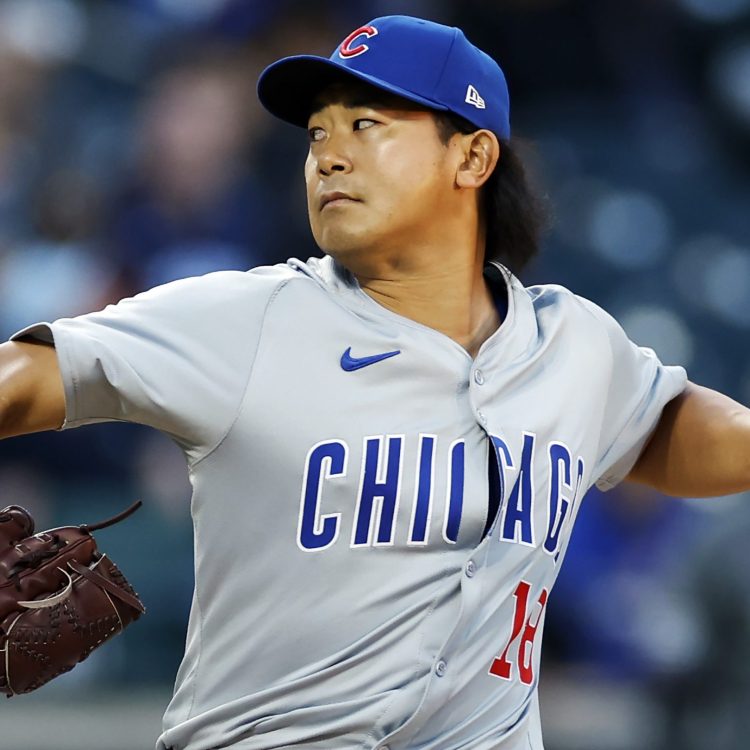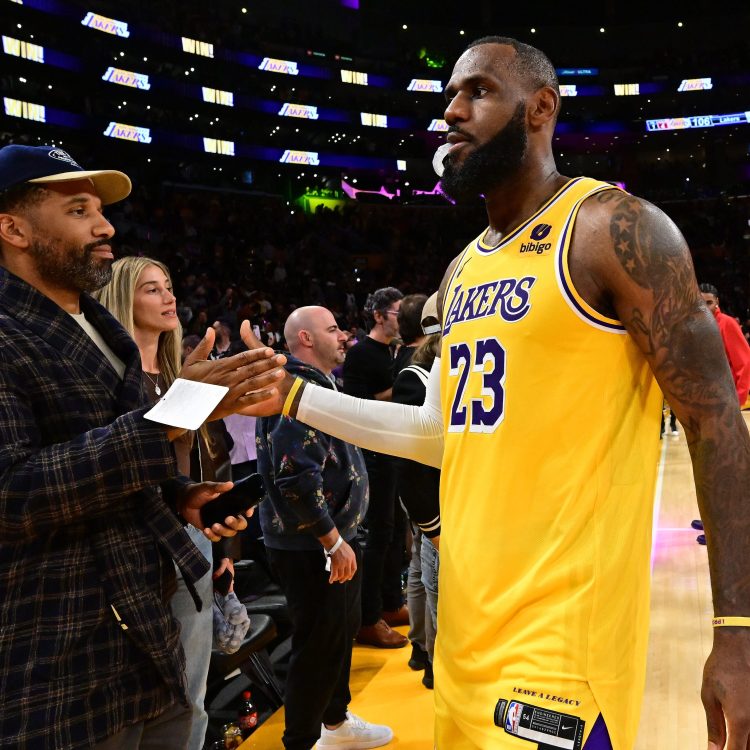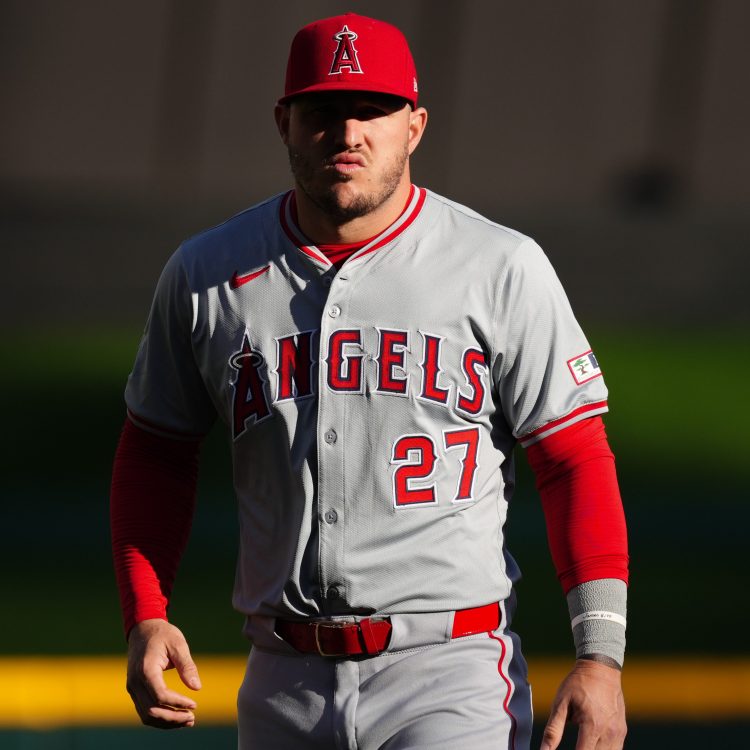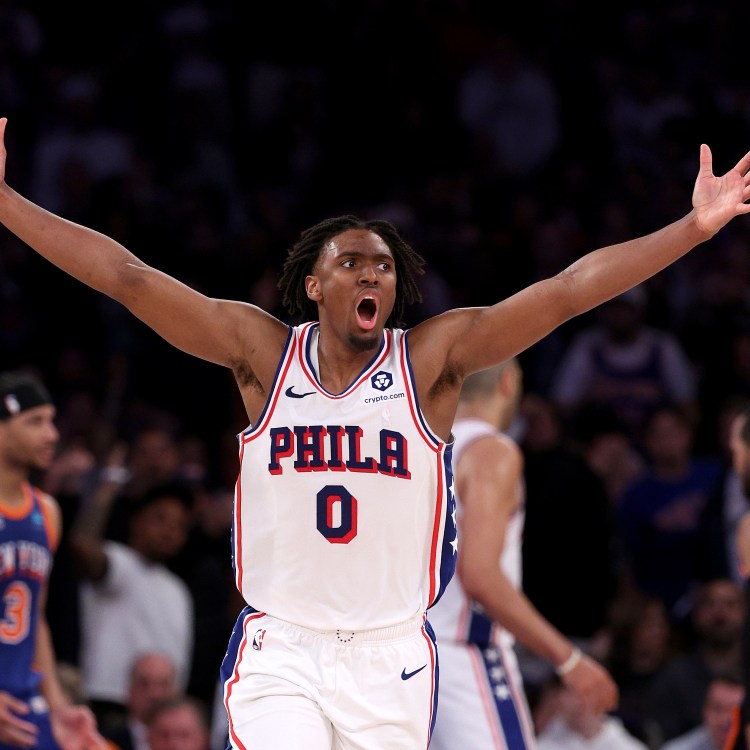Sometimes you think you’ve turned a corner … only to immediately smash into another corner. That is what happened to the U.S. Men’s National Team in 2017 when we failed to qualify for the 2018 World Cup in Russia.
Granted, it’s been some time since the U.S. was a legitimate contender to win the World Cup. That happened at the inaugural edition in 1930. (Only 13 teams were competing as opposed to the 32 today, but our semi-final run remains awesome.) Sadly, we’ve never again reached the semis. Indeed, we suffered a particularly dark stretch from 1950 to 1986, missing the Cup nine straight times.
In 1990, however, we began a happier streak with seven straight Cup appearances. Four times we made it out of the Group Stage to the Round of 16. In 2002 we even reached the quarters.
Yet in 2018 we will miss the World Cup completely. (We can find some consolation in recalling that the American women have already won three, most recently in 2015.)
Understand: This is embarrassing. Our region spares us from facing the powerhouses of South America and Europe. Indeed, only Mexico consistently offers a world-class team — they’ve reached the Round of 16 in the last six World Cups.
We just had to finish ahead of Costa Rica, Panama, or Honduras. (They have a combined population of roughly 18 million: America has 326 million people including four states larger than that.)
Indeed, all we had to do was not lose a game against the team from the islands of Trinidad and Tobago, with their 1.35 million residents.
This was too much to ask. Thus we shall stay home.
Throw in that our team features arguably the most talented American player ever in Christian Pulisic — at 19 he’s already becoming a fixture for German powerhouse Borussia Dortmund — and it’s logical to muse: What Happened?
That’s the question the podcast Men in Blazers (dedicated to the belief “soccer is the American sport of the future”) posed to hundreds of distraught fans at a sold-out live event in New York City one month after the shock loss to T & T. Hosts Michael Davies and Roger Bennett joined former National Team members/current TV analysts Hercules Gomez and Alexi Lalas in an attempt to figure out what happened. These are possible explanations they explored—decide which make the most sense to you.
Jürgen failed to start a revolution. In 1990, Jürgen Klinsmann won a World Cup as a player with West Germany. In 2006, he coached the German National Team to a third-place World Cup finish. (His assistant Joachim Löw succeeded him as Germany’s head coach and won it all in 2014.) So when Klinsmann became head coach in 2011, he seemed to promise nothing less than a total transformation of U.S. soccer. (Indeed, at times he said as much.) This didn’t happen, but as long as Klinsmann kept winning it could be ignored. He led a solid World Cup effort in 2014 as the U.S. escaped the “Group of Death” to advance (which is more than can be said for Cristiano Ronaldo and his Portugal team). But when losses to Mexico and Costa Rica in 2016 threatened 2018 Cup qualifying, Klinsmann was given the boot.
And things got worse.
The game had moved beyond Bruce. In terms of stateside soccer, no one has achieved more than Bruce Arena. After all, he won five titles as a college coach and another five when he entered MLS. He also coached the U.S. from 1998 to 2006 and was in charge during that 2002 run to the quarters. So when he took over the U.S National Team for a second go in 2016, it seemed the ship was in safe hands. Instead, it raced directly into the iceberg. Arena has always brought a confidence bordering on arrogance to his work. If you’re going to have that attitude, you better win big—Ali’s swagger would have been far less charming if he were a club fighter. Arena’s failed return has, in the short term at least, tainted his entire legacy. (A request for fans to applaud Arena’s past accomplishments generated virtual silence.)
Sticking with Sunil. Speaking of tainted legacies, Sunil Gulati has been a driving force in developing U.S. soccer for decades, culminating in his becoming the President of the U.S. Soccer Federation in 2006. It’s a position he still holds over a decade later and one he wants to possess for another term. Gulati has made decisions both secretive and mysterious, notably extending Klinsmann’s contract before the 2014 World Cup. There’s a strong argument that to let Gulati keep his job is to abandon any notion of accountability. After all, if your goal is to win a World Cup and you can’t even make the World Cup, how much progress are you achieving?
We’re too old. Midfielder Michael Bradley is 30. Forward Clint Dempsey is 34. Goalie Tim Howard is 38. And they would have been another seven months older by the time the World Cup came around. Clearly, the U.S. needs some young blood. Sadly…
The U.S. does a terrible job at scouting/talent development. Let’s return to Klinsmann’s homeland. German soccer was considered to be adrift as recently as 2000, when they bombed out at the Euros. They decided a new approach was needed, impacting everything from youth development to national team playing style. Long story short: It worked. Indeed, it worked so well when called upon to compete in 2017’s Confederations Cup — which features the champs from all the regions around the world — Löw elected to leave his World Cup stars at home and rely on youngsters: “This is a top-notch international event and it gives the players a lot of experience, it will help them. It has been a testing ground and over the three weeks, we have developed a lot as a team.”
Now Germany has a battle-tested next generation. (And won the Confederations Cup anyway.) While we have a potential superstar in Pulisic, our junior teams simply aren’t the launch pad for the next wave of talent they should be. Indeed, Pulisic has mocked our approach: “In the U.S. system, too often the best player on an under-17 team will be treated like a ‘star’ — not having to work for the ball, being the focus of the offense at all times, etc. — at a time when they should be having to fight tooth and nail for their spot.”
By contrast, the German Under 21 team that won the Euros in 2009 featured a number of players who went on to be essential pieces of the 2014 World Cup champions. Of course, in 2017 most of the stars of their U-21 team played in the Confederations Cup, with the result that when Euros came around Germany… er, they won anyway. (They’re quite good.) So why isn’t American achieving this development efficiency? Perhaps because…
The U.S. is too damned big. Granted, it’s a good problem to have, but with the sheer number of people and square miles in our country, it’s difficult to identify the players worth developing. Ironically, the panel suggested we might have a stronger team if, for instance, we only took national team players from a specific region: say, southern California. Would we miss out on elite talents from the rest of the country? Absolutely. But the players we did choose might function better as a team, having grown up playing under similar conditions. (Indeed, some of them might have either been teammates or competitors before and already understand one another’s games.)
General complacency by players. Ultimately, it’s up to the guys on the field. They haven’t produced consistently since 2014. Let’s get some thoughts on the “tattooed millionaires,” Alexi.
Our athletes just have too many options. The Men in Blazers didn’t directly address this one, but it can’t be ignored. Quite simply, in most countries if you’re athletic and you want to convert that talent into serious cash, you’re probably going to play soccer. In a nation with the NHL, the NFL, MLB, and the NBA, it’s no sure thing. This is a problem. (Seriously, imagine if Russell Westbrook had decided to embrace a whole different kind of dribbling.)
This led a friend who attended with me to make two modest suggestions:
America bans all non-soccer sports.
America identifies all promising young athletes and cuts off their hands. (Potential goalies exempted.)
Sadly, it is unlikely these steps will be implemented by 2022.
Whether you’re looking to get into shape, or just get out of a funk, The Charge has got you covered. Sign up for our new wellness newsletter today.
